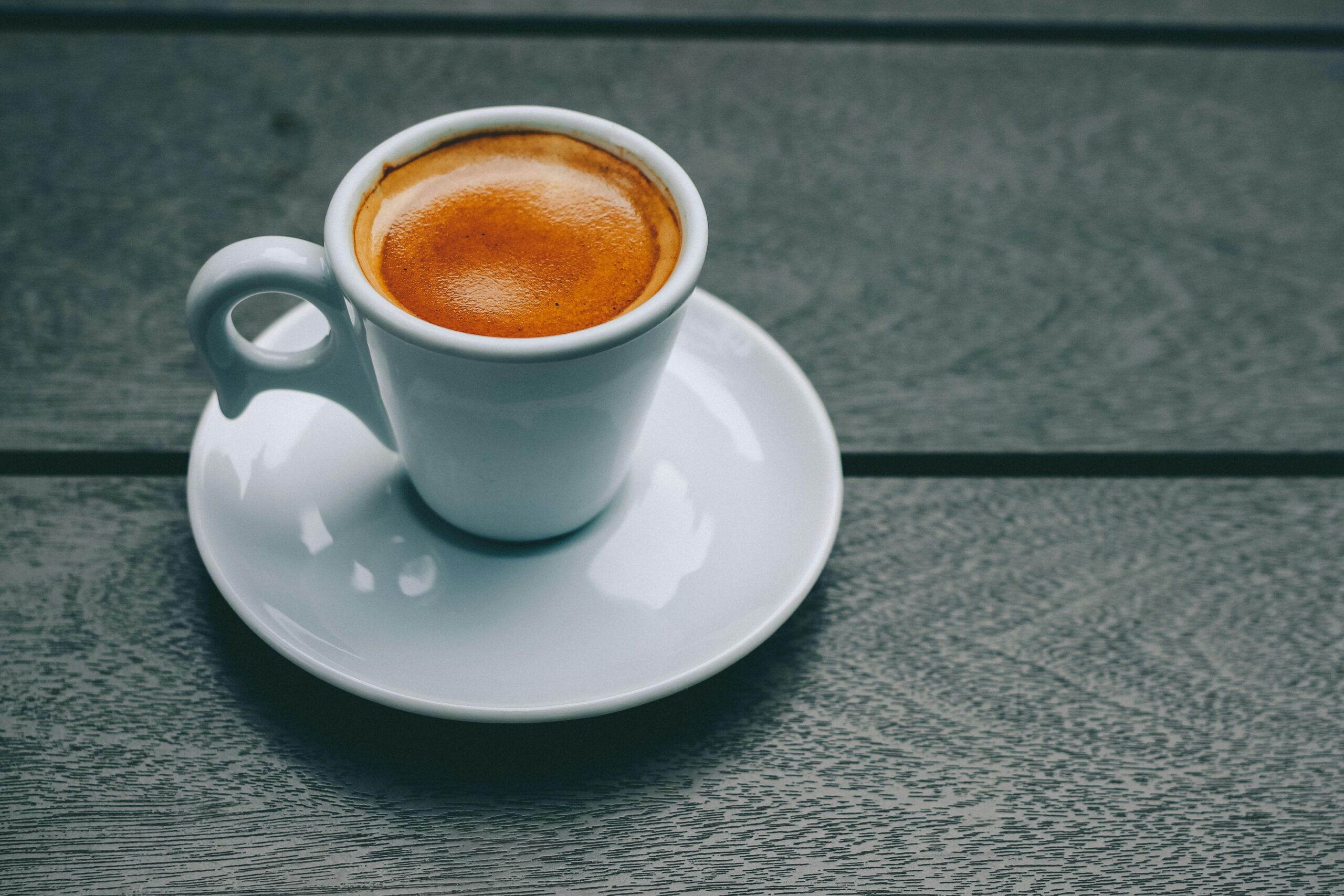Learning to master the V60 pour-over is one of the most rewarding experiences for anyone starting their specialty coffee journey. This method combines elegance and control, delivering clarity, sweetness, and balance in the cup. While it may appear intimidating at first, the process becomes intuitive with a little practice, and the results can rival those of any high-end café. Whether you’re a home brewer or a curious barista, this blueprint will walk you through everything you need to know.
What Is the V60 Pour-Over?
The V60 pour-over is a manual brewing method developed by the Japanese company Hario. The name comes from its design: a cone with a 60-degree angle and spiral ridges that promote even extraction. It uses a paper filter placed inside the cone, which sits on top of a mug or carafe. Hot water is poured over freshly ground coffee in a circular motion, allowing gravity to draw the liquid through the grounds.
This brewing style is known for producing a clean, aromatic cup with excellent transparency of flavor. It’s especially popular among those who want to highlight the unique notes of single-origin beans, such as floral Ethiopians or citrusy Colombians.
Why Choose the V60 Pour-Over?
The V60 pour-over offers full control over key brewing variables — grind size, water temperature, pouring speed, and bloom time. This allows beginners to learn how each factor influences taste, and how to repeat or adjust results. Unlike automatic machines, the V60 makes you part of the process, turning coffee brewing into a mindful ritual rather than a mechanical task.
Additionally, it’s affordable and compact. A full setup requires only the dripper, filters, a kettle, a scale, and your favorite coffee. With minimal investment, you can start brewing café-quality coffee at home.
Choosing the Right Coffee and Grind Size
For your first V60 brew, start with freshly roasted, high-quality beans. Choose a light to medium roast to appreciate the clarity and complexity the method reveals. Grind size is crucial: aim for a medium-fine grind, resembling table salt. Too fine and your brew may become bitter; too coarse and it might taste weak or sour. A burr grinder offers consistent particle size and makes dialing in much easier.
Weigh your coffee and water to ensure accuracy. A common ratio for beginners is 1 gram of coffee for every 16 grams of water. For a standard 250ml cup, this translates to 15 grams of coffee and 240 grams of water.
Setting Up Your Equipment
Before you start brewing, gather your tools and set the mood. You’ll need a V60 pour-over dripper, paper filter, fresh filtered water, a gooseneck kettle, scale, timer, and your coffee beans. Rinse the filter with hot water to eliminate paper taste and preheat the dripper and vessel. Discard the rinse water before adding coffee.
Place your setup on the scale and tare it to zero. Add your ground coffee evenly in the center of the filter, gently shaking the dripper to level the bed. Now you’re ready to begin pouring.
The Step-by-Step Brewing Process
Start by blooming the coffee. Pour just enough water (about twice the weight of your coffee dose) to saturate all grounds — this begins degassing and improves extraction. Let it sit for about 30 to 45 seconds. The bloom is your coffee’s way of saying hello, releasing trapped CO₂ and preparing for the main pour.
Continue by slowly pouring in concentric circles, starting from the center and moving outward, then back in. Maintain a steady stream and keep the water level just above the coffee bed. Aim to finish pouring all water between two and a half to three minutes. Once the water has drained completely, remove the dripper and give the brewed coffee a gentle swirl before tasting.
What to Expect in the Cup
A well-executed V60 pour-over delivers a cup that is light in body, vibrant in acidity, and layered in flavor. You may notice floral notes, citrus brightness, or delicate sweetness that can be easily masked in immersion or pressurized methods. The clarity of the V60 makes it ideal for tasting subtle differences in origin, roast level, and processing method.
Every brew might taste a little different, especially as you adjust variables. That’s part of the beauty — learning through trial and taste. Keep notes on your recipes and flavors, and over time, your brews will become more consistent and more enjoyable.
Common Beginner Mistakes and How to Fix Them
If your brew tastes bitter or hollow, you may be over-extracting. Try using a coarser grind or shortening the brew time slightly. If the coffee tastes too sour or watery, under-extraction is likely — use a finer grind or pour a bit slower. Uneven pours can also lead to uneven extraction, so practice maintaining a calm, consistent hand during the process.
Avoid pouring directly on the filter or letting water bypass the grounds. Keep the flow centered and gentle. Clean your equipment regularly to prevent buildup that affects flavor. With care and repetition, your results will improve dramatically.
V60 Pour-Over and the Specialty Coffee World
The V60 pour-over has become a symbol of precision and artistry in the specialty coffee movement. It’s commonly used in cafés, competitions, and cupping sessions to showcase the purity of a coffee. Baristas often customize recipes based on origin, roast level, and customer preference, turning each brew into a tailored experience.
For beginners, the V60 is both a tool and a teacher. It builds foundational knowledge about brewing dynamics, flavor development, and sensory exploration. It’s also a powerful way to connect with coffee on a deeper level, turning a simple cup into a source of discovery and satisfaction.
Final Thoughts: Start Where You Are
If you’ve never brewed a V60 pour-over before, don’t worry about perfection. Start with good beans, clean equipment, and curiosity. Let each brew teach you something — about technique, taste, or your own preferences. Over time, what once seemed complicated becomes second nature, and your morning coffee becomes more than just caffeine — it becomes craftsmanship.
The V60 isn’t just for professionals. It’s for anyone who wants to slow down, engage the senses, and unlock the magic within the bean. Your blueprint is here — now it’s time to pour, taste, and enjoy.

